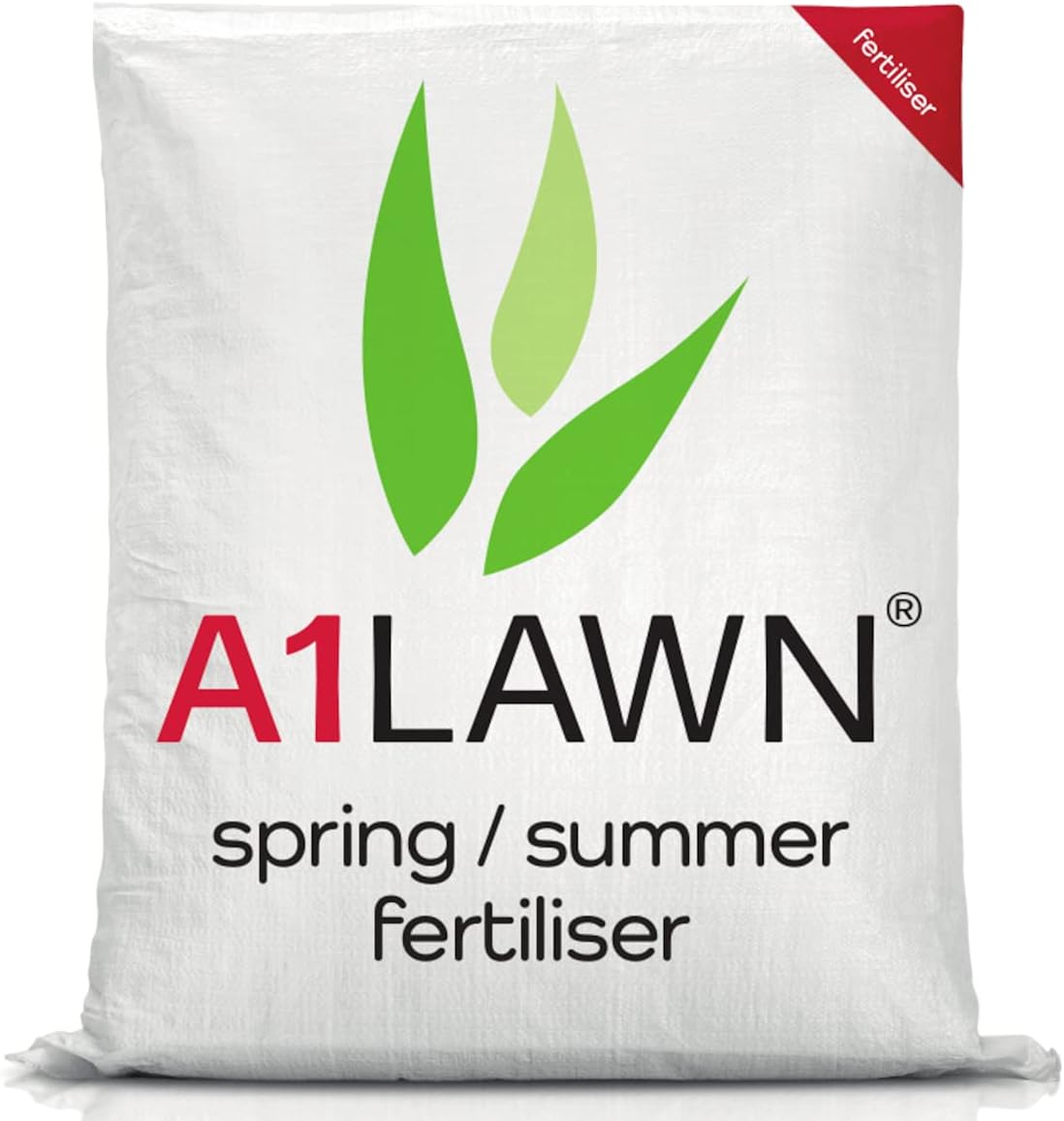About this deal
Feeding the lawn in the early spring will strengthen its roots and gets it off to a good start before the heavy growing season. Plan to apply the fertiliser around when you first start sending your robotic mower out (or when you plan your first cut with your push mower), so at the beginning of April is your best bet. This of course depends on the weather conditions, but a good rule of thumb is to wait until you’ve mown a couple of times. One of the most popular fertilisers to use is weed and feed as it helps to eradicate the weeds in your lawn at the same time as fertilising the grass. This saves time and money on buying selective lawn weedkiller and then lawn fertiliser separately.In addition to this Lawn Sand should be used in Spring and Summer months which helps to promote luch, green turf and if it's a wet summer it will control moss at the same time. September or October are the target months for applying your autumn fertiliser. Once again national temperature and weather patterns apply, but as a rule wait until the rains start in late August or September, and then apply your lawn fertiliser. Dependent on where you live you’ll find some years this may mean early September and other years late October. When the frosts have passed and things are looking as though they are starting to warm up, overseed the entire turfed area. We recommend overseeding the entire area so that the new grass seed blends well with the grass that is already there. Ideally you are going to want soil temperatures to be around 8 - 12 degrees before you start sowing any of our grass seeds. Fertilising your lawn in Spring is essential and provides optimum nutrients for a healthy, green lawn that thrives for the full 12 months of the year.A lush green and healthy lawn also gives it resistance againstissues, such as weeds, moss growth, disease and drought.
Also when you’re filling up your lawn spreader make sure you do so on a path or driveway. This prevents any granules from gathering in one spot on the lawn as this would just overfeed, burn and kill the grass in that particular area. Organic Or Synthetic Fertiliser? Lawnsmith® Extra-LONG, Spring & Summer and Autumn fertilisers have a high safety margin and will not burn or scorch if applied when moisture is present in the surface soil. This means not having to worry about rain, weather forecasts or watering in! If the ground is dry or hard or the grass has stopped growing because it is dry then DO NOT apply.Winter can be a hard time for grass as a result of the low temperatures and reduced amount of light especially in shady areas. From these conditions, grass may end up thinning out and dying in certain areas leaving bare patches of ground that would need to be reseeded.
The soil needs to have some moisture in it for these tests so do these tests after some rain. Test 1: If you have weeds and/or moss in your lawn then use a weed, feed and moss killer to save time and money on buying and applying weed killer for lawns and lawn fertiliser separately. The other advantage of fertilising your lawn more regularly means that you can use a targeted fertiliser designed specifically for either spring, summer, autumn or winter months. The best time to start feeding your lawn is generally mid-spring (often late March to April) before the heat of the summer when the soil temperature reaches around 12C. You can tell when the soil has warmed up because the lilacs begin to blossom and the grass starts growing.Remember to apply the fertiliser when the soil is moist or when rain is expected.Fertilisers are less effective in dry soil and may cause scorching of plant roots.Avoid applying spring/summer lawn fertilisers after September as they contain too much nitrogen for autumn use, encouraging green leafy top growth at the wrong time of year. Your lawn may then become susceptible to damage from the winter cold, pests and disease. Flexible - Three or more Feeds per Annum: For the keen gardener or lawn enthusiast, you can exert much more control over the lawn by using 3 month slow release fertilisers and liquid fertiliser. Use the appropriate Spring & Summer feed in spring, and in summer, if conditions warrant it, either repeat the application or use Solugreen liquid feed every 4 to 6 weeks. Finish the year with an Autumn feed.
Trees, Shrubs and Hedges
Finally, because liquid feeds are taken up by the leaves of the grass you are best spraying mature grasses (at least 3 months old preferably 6 months) that are in good condition i.e. plenty of soil moisture and NOT straight after scarifying. Liquid fertiliser is generally more expensive compared to granules. Bear in mind that if you have been using granules, you will need to convert your equipment to deliver the liquid fertiliser. Whether it’s grass, trees, shrubs, vegetables and flowers, all plants need a good supply of major nutrients e.g. nitrogen, phosphate, potassium and sulphur. Secondary nutrients (often called trace elements) also play a key role in how well a plant can grow. Types of Fertiliser
Related:
 Great Deal
Great Deal 